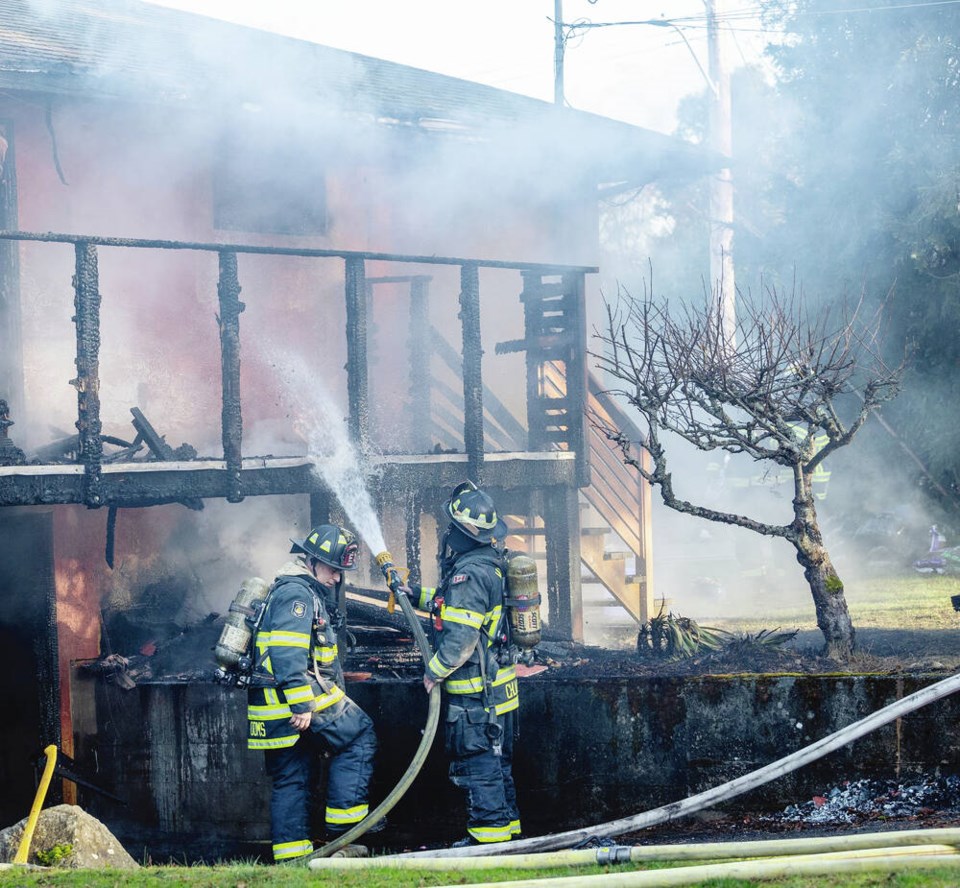Public Safety Minister Mike Farnworth announced $1.6 million Thursday to help educate people about proper smoke-alarm use, pointing to an “alarming trend” of increasing fire-related deaths in B.C.
Statistics Canada’s fire incidents report shows that in B.C., reported fire deaths doubled to 59 in 2021 from 28 in 2019, then rose again to 86 fire deaths last year.
The Office of the Fire Commissioner’s annual report for 2022 says a working smoke alarm was present at only 45 per cent of the 9,087 reported residential structure fires in the province in 2022.
"I'm urging everyone to test their smoke alarms at least once every six months to keep their home and family safe,” said Farnworth.
The province is partnering with the BC Injury Research and Prevention Unit to produce a smoke-alarm awareness social marketing campaign explaining the short time people have to get out of their homes safely in a fire and the critical role a smoke alarm can play.
Today’s faster-burning materials may leave residents just 60 seconds to get out of their homes, it says.
Alongside a social media education campaign, the province has partnered with Statistics Canada to build a Community Fire-Risk Reduction Dashboard.
The dashboard — which was piloted in 11 cities, including Sidney and Port Alberni in July last year — provides statistical and geographical information to help B.C.͛s fire services identify areas in communities at greatest risk of home fires. It will be rolled out in the coming weeks.
“By using the Community Fire Risk Reduction Dashboard and with the involvement of the B.C. Injury and Prevention Unit, our firefighters can focus fire prevention efforts in the neighbourhoods that will benefit the most from having working smoke alarm,” said Sidney Fire Chief Brett Mikkelsen.
Across the country from 2015 to 2021, 37 per cent of residential fires involved a working smoke alarm, while 12 per cent involved smoke alarms that did not activate and 13 per cent had no smoke alarm installed.



